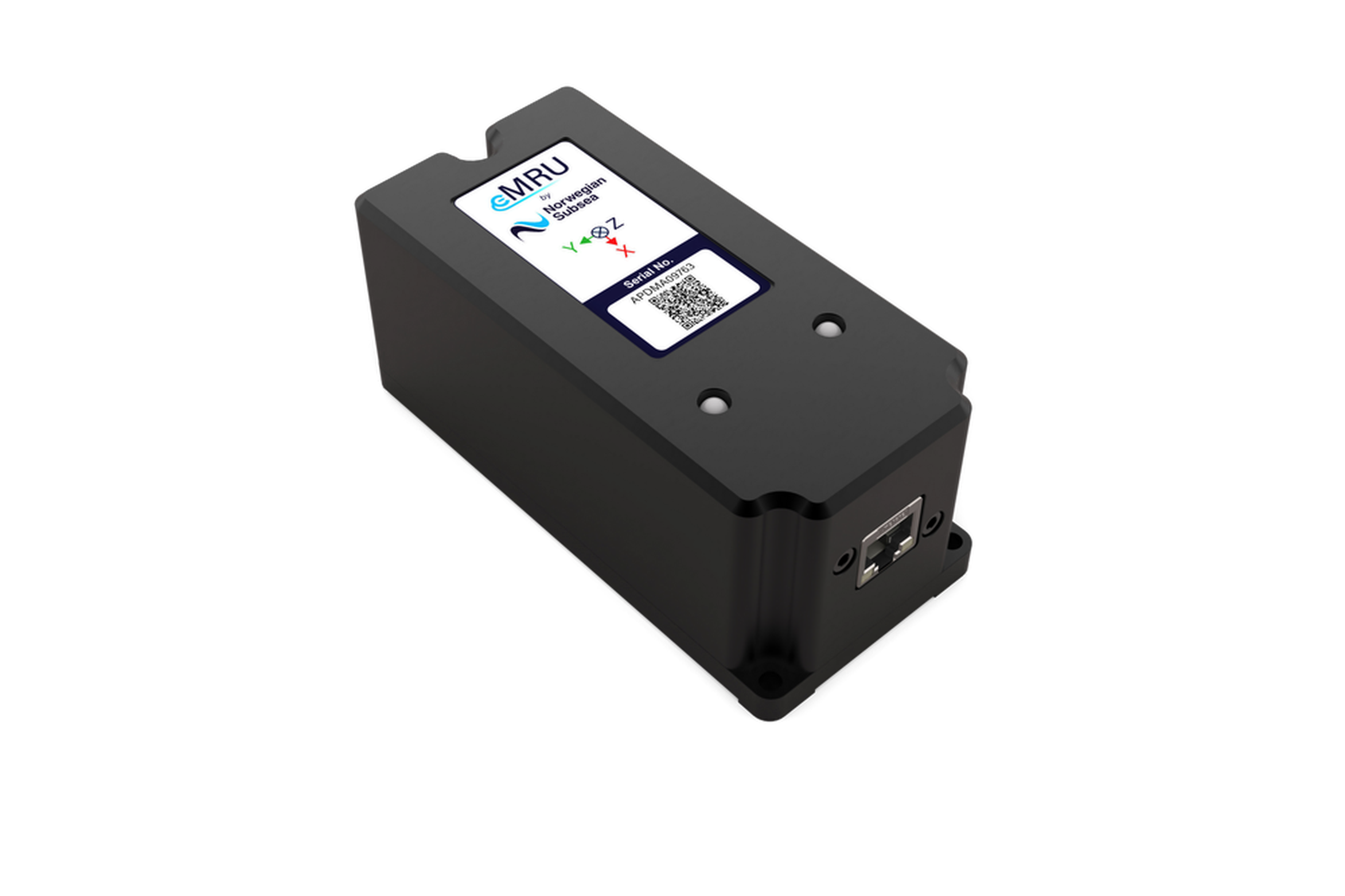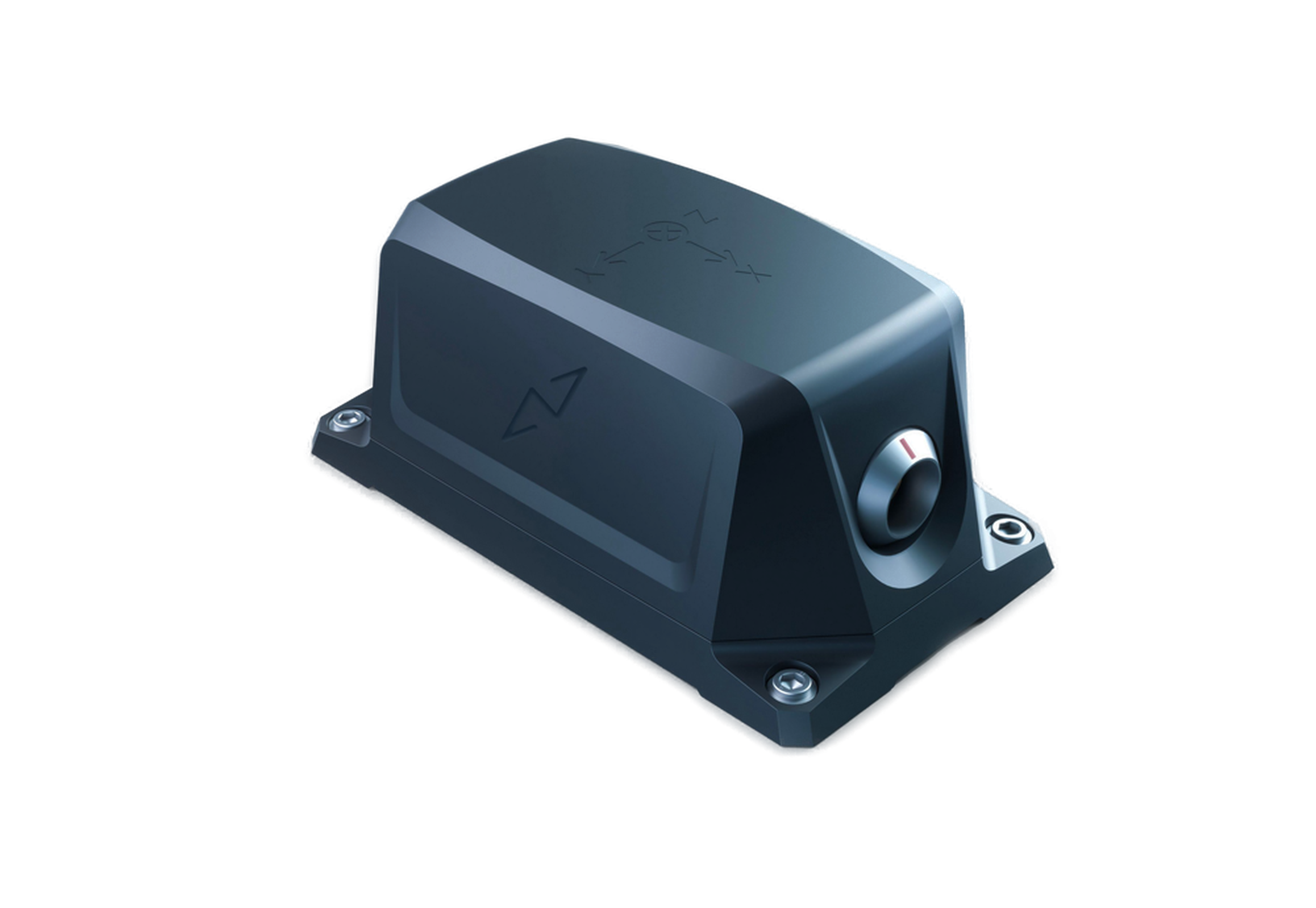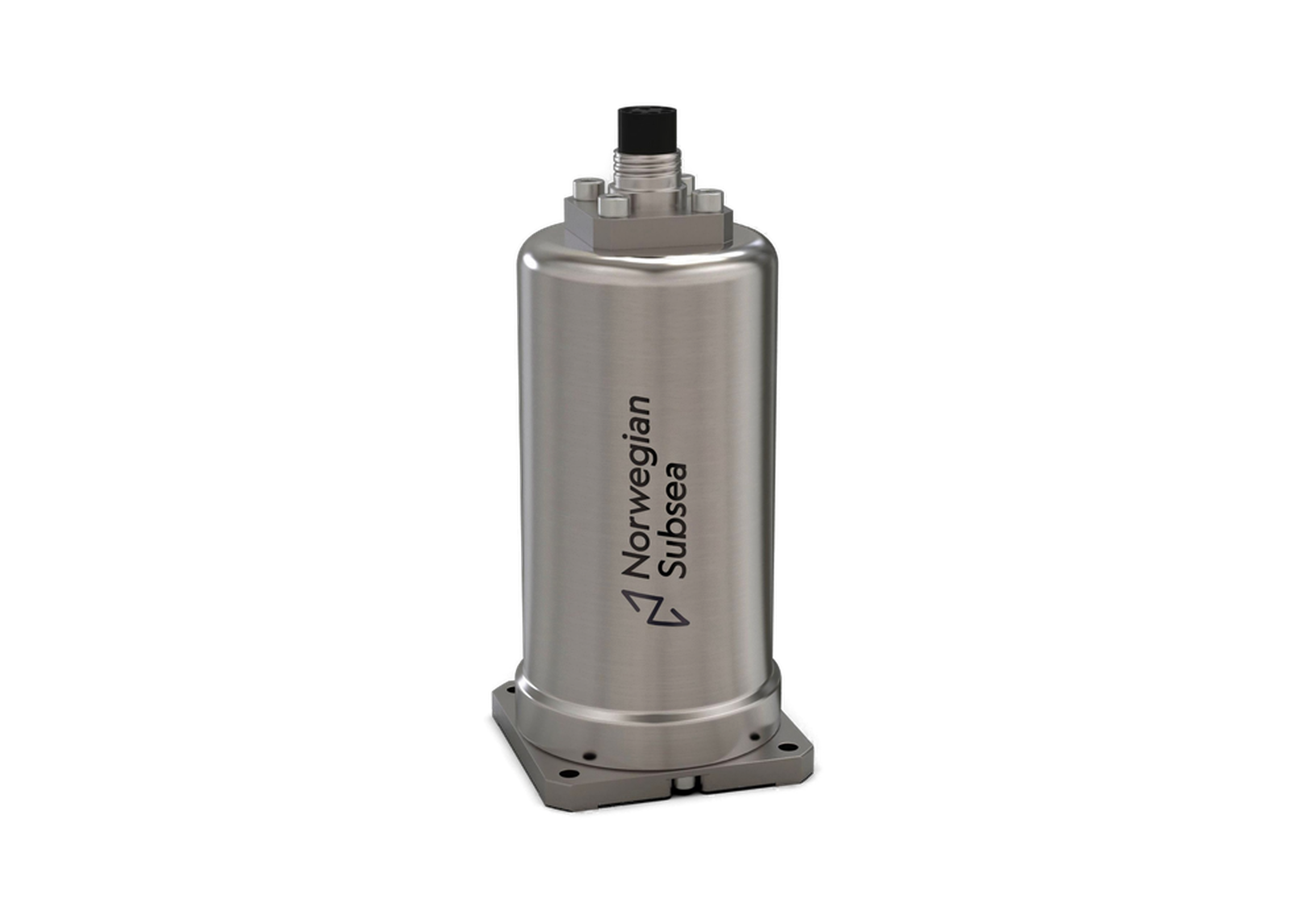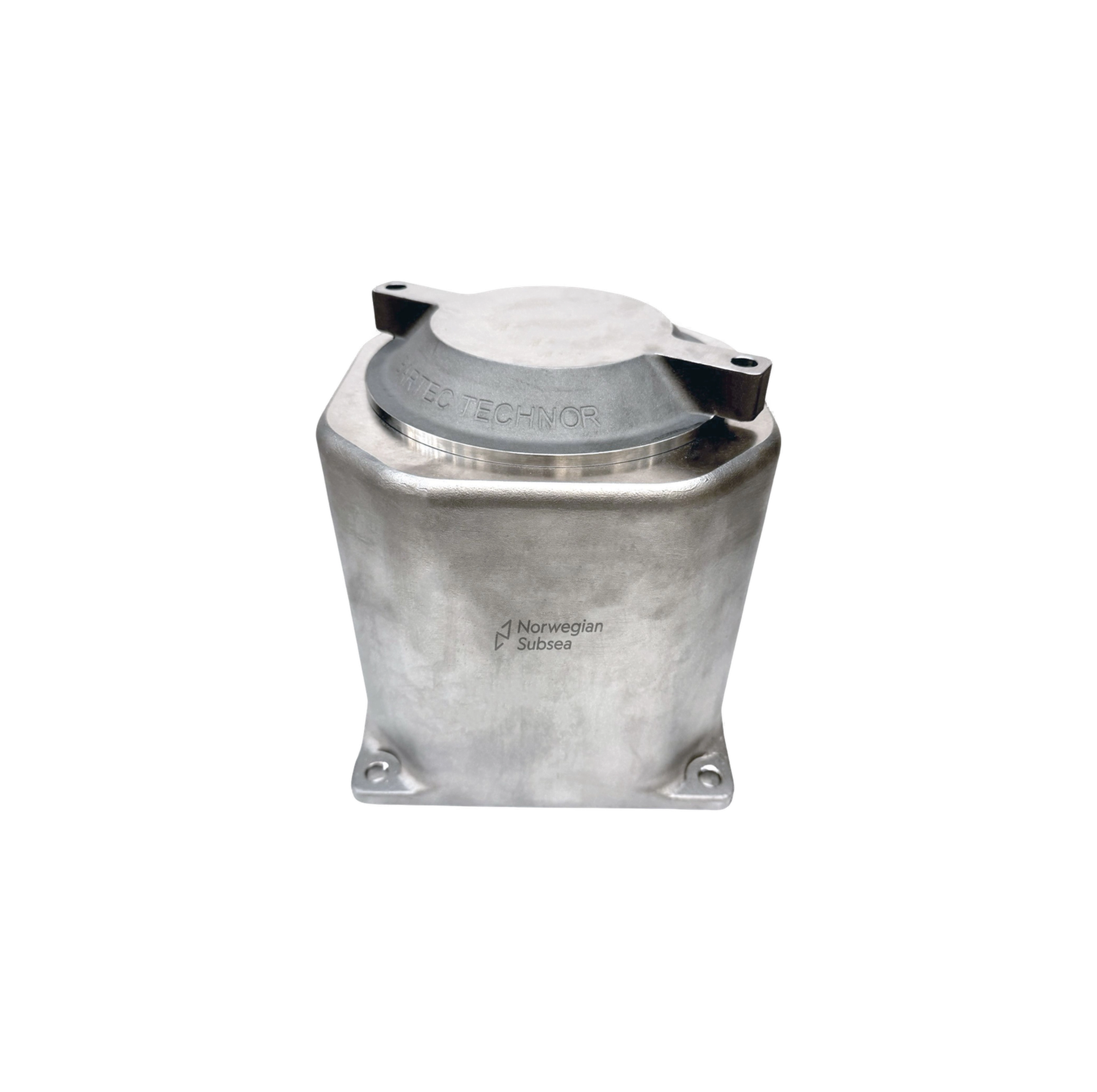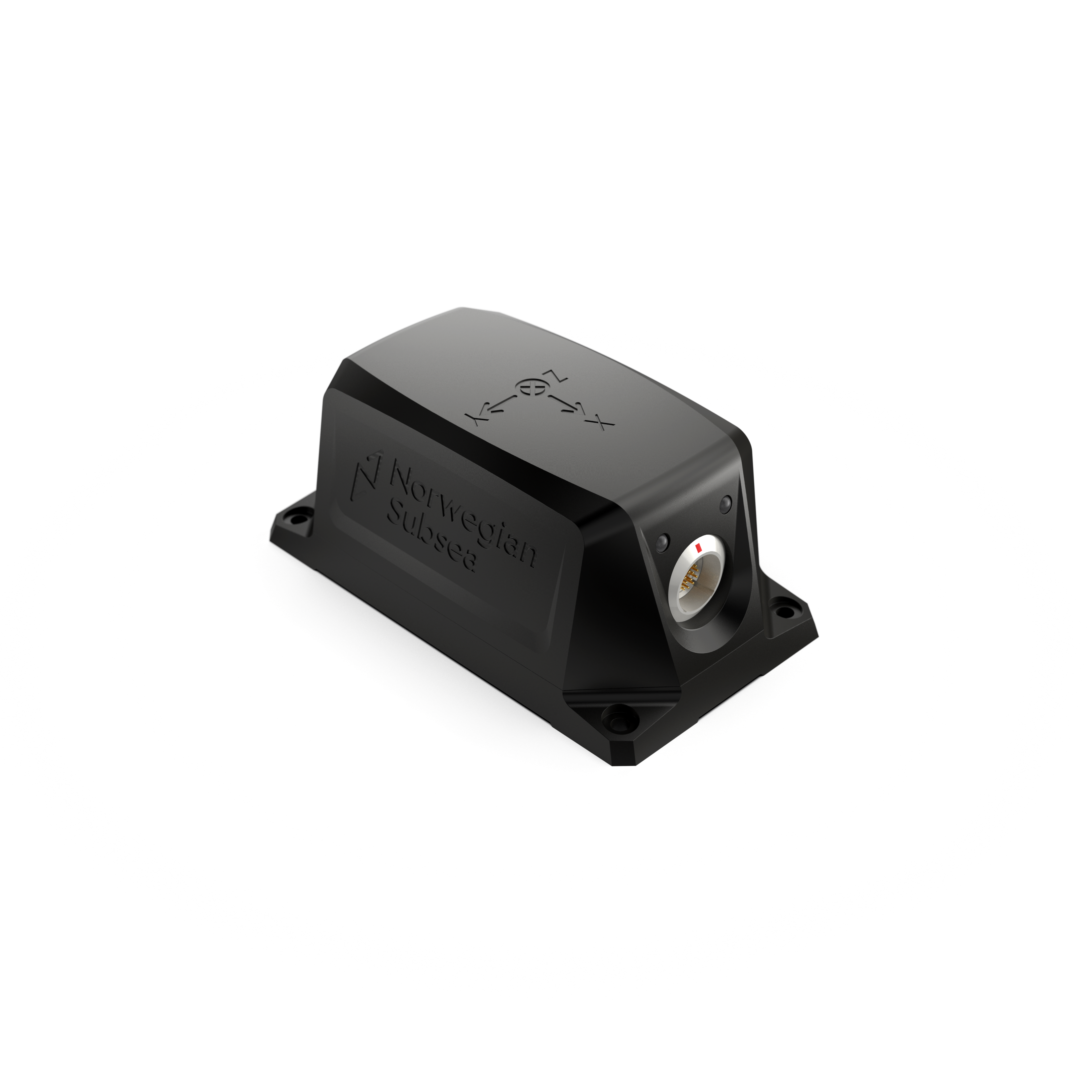What are the specifications of Norwegian Subsea MRUs?
Norwegian Subsea offers a range of high-performance Motion Reference Units (MRUs) designed for diverse marine, subsea, and offshore applications. All our MRUs measure 6 Degrees of Freedom (6DoF): Roll, Pitch, Heave, Yaw, Surge, and Sway. They are available in three distinct accuracy tiers based on Roll & Pitch performance: Series 3000 (±0.05°), Series 6000 (±0.02°), and Series 9000 (±0.01°). Standard Heave accuracy across the MRU range is 5.0 cm or 5.0%. For applications requiring only orientation data, Inclinometer/VRU versions are available, offering the same high Roll & Pitch accuracy without Heave/Surge/Sway output. Our sensors are designed for easy integration with broad protocol support and user-friendly web-based configuration.
The MRU Compact is designed for indoor or control box installations, featuring an IP65-rated anodized aluminum enclosure. It is exceptionally compact (12.0 x 5.7 x 5.3 cm) and lightweight (0.55 kg). Connectivity is simplified via an RJ45 or RJ50 connector supporting Ethernet communication (UDP, Modbus TCP, Ethernet/IP) with passive Power over Ethernet (PoE, 9-36V DC). The operating temperature range is -40 to +85°C.
The MRU Marine is built for on-deck use (IP68) or shallow water deployment up to 50m (MRU Marine SW version). Housed in anodized aluminum (15.4 x 8.6 x 6.7 cm, 1.2 kg), it offers versatile connectivity through a 16-pin marine connector or SubConn options, providing Ethernet, RS-232, RS-485, and PPS ports. Supported protocols include UDP, Modbus TCP/RTU, and Ethernet/IP. It operates from -40 to +85°C and is often used for cost-effective retrofitting of older systems. An optional junction box provides analog outputs (+/-10V, 4-20mA).
For deep-water applications, the MRU Subsea features a robust Titanium housing rated for 6000m water depth. It utilizes an 8-pin SubConn wet-mateable connector providing Ethernet and serial (RS-232 or RS-485) communication (UDP, Modbus TCP, Ethernet/IP). Despite its depth rating, it remains compact (7.6 x 7.6 x 16.5 cm) and weighs 1.6 kg. The operating temperature range is -40 to +70°C.
The MRU Ex is specifically designed for hazardous areas, certified to II 2 G Ex d IIC Gb. It features a durable AISI 316L stainless steel enclosure (19 x 19 x 20.5 cm, 15 kg excluding cable) and connects via a pigtail cable available in custom lengths. It provides Ethernet and serial (RS-232 or RS-485) communication options supporting UDP, Modbus TCP/RTU, and Ethernet/IP protocols. The operating temperature range is -20 to +40°C.
Start here to get the exact specifications for your required products.
